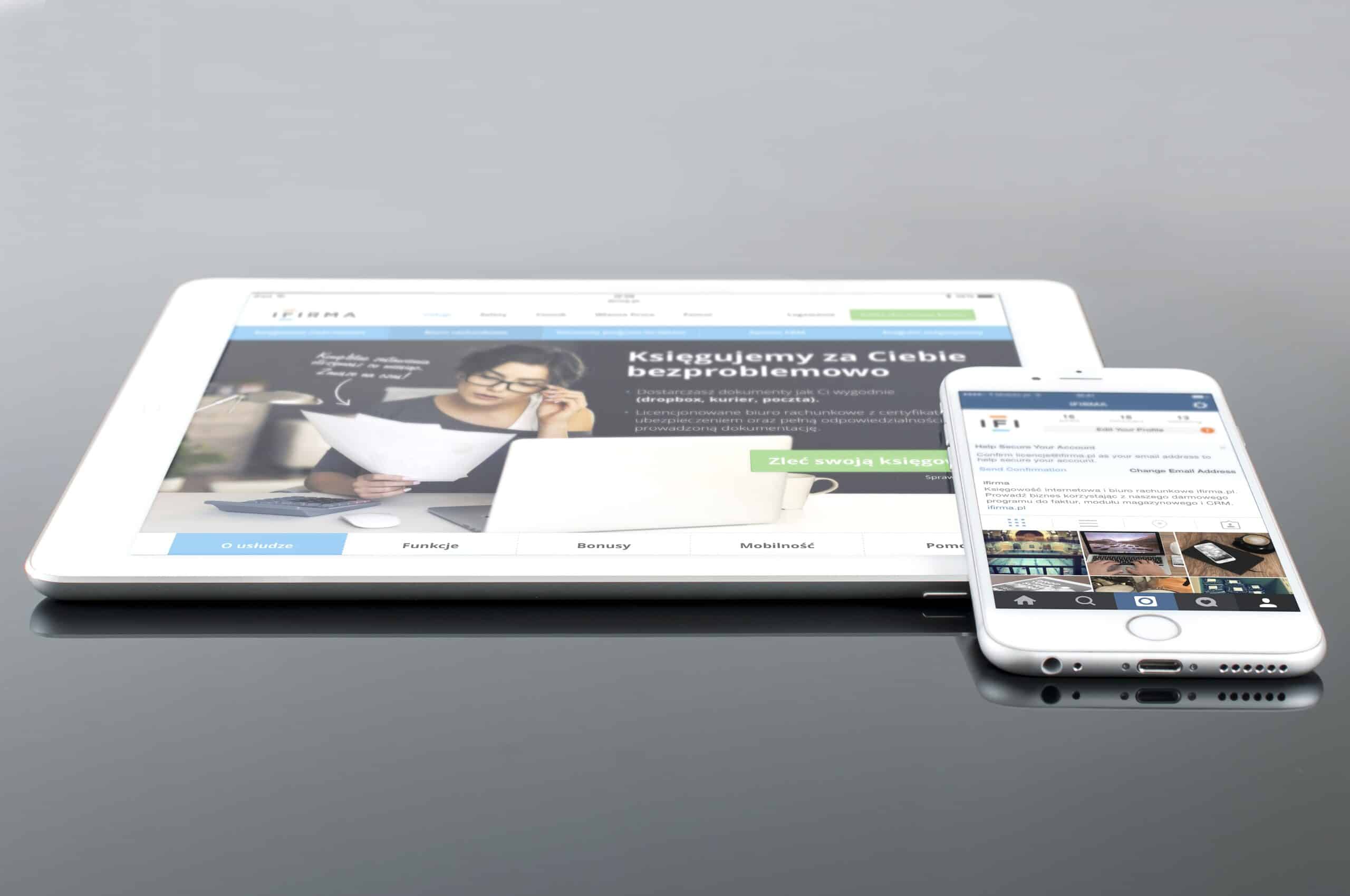How to Build Relationships With Mobile-First Customers
Editor’s note: the following is a guest blog post in collaboration with Tracy Blanchard, an experienced freelance writer and business blogger, who focuses on providing advice for small businesses, customer service teams, and sales departments.
Why should businesses be marketing to mobile-first customers? Mobile use has been on the rise for years, that’s no surprise. But did you know that in 2016, the average number of internet hours/month spent on smartphones in the US was 87 (34 were spent on desktop)?
Also, in 2016, for the first time, internet access from a mobile device has surpassed usage on desktop computers, signaling to businesses that consumers increasingly want their information and offerings on the go.
In order to connect with mobile customers and reap the rewards of a mobile-first strategy, businesses need to adopt tools that will enhance their relationship with mobile customers.
Here are the top 5 tips for how to improve your business’ relationships with mobile customers:
1. Mobile-Responsive Websites
If you’re not ready to develop an app yet, then at least make sure your website is mobile-responsive. This basically means that your website’s design recognizes the device that’s being used to access it and adapts itself accordingly. The layout of a mobile-responsive site will be different on a desktop than on a mobile phone, and likewise from one mobile phone or tablet to another.
Note that mobile-responsive is one step up from mobile-friendly. Mobile-responsive designs include dynamic content that changes according to device whereas a mobile-friendly device is designed with static content that doesn’t adjust from device to device.
Venkat Rangan of Clari Inc. told Forbes that “Mobile shoppers want clean, mobile-optimized sites that complement their offline experience. Rather than focus on a great mobile app, focus more on a mobile-optimized site. Application developers need to re-architect their backend systems to support the mobile revolution rather than retrofit their legacy web-driven applications to service mobile clients.”

2. Social Media
Yes, mobile users are shopping more on mobile, but the lion’s share of their mobile time is spent on social media sites. Facebook wins 13 percent of mobile time, as compared to Amazon’s 3 percent. So, if you want to reach customers on mobile, make sure you integrate social media into your mobile marketing strategy.
47 percent of Americans say that Facebook has the biggest impact on their purchasing decisions, out of all social media platforms. And location-enabled marketing that lets customers take advantage of coupons or rewards that you offer to them in real-time via social media can enhance your brand’s relationship with your customers.

3. Chat Conversations
A plethora of businesses are now putting chatbots and automated messaging services to use instead of their human workforce, especially when it comes to customer service.
Besides Facebook Messenger, apps like WeChat, Amazon Echo, Slack, Apple TV, Siri, as well as good old SMS allow for conversational customer service. Amazon Echo, for example, allows you to place an order with Domino Pizza, access your credit card balance with Capital One, add events to your Google Calendar, and, of course, place orders via Amazon.
Businesses from American Express to Starbucks to The Wall Street Journal have enabled chatbots through Facebook Messenger to service customers in real-time.
While there is a clear benefit in integrating more and better AI (Artificial Intelligence) technology into your business operations, it’s important to only consider adding it where and how it makes sense, meaning in a way that enhances your employees’ and your sales teams’ interactions with customers, not in one that makes it more complicated or frustrated for the customer.
4. SMS Loyalty Programs
Did you know that the texting app is the most-used feature on mobile phones? 97 percent of smartphone owners use text. That’s why text messaging can be the perfect platform for engaging your mobile users by reaching them on the communication medium of choice.
It can be used to send promotional offers to customers, delivery statuses of products ordered online, notifications on subscription updates or available upgrades, or to send customer satisfaction surveys to find out how your business is doing.
5. Mobile Apps
Apps are the No.1, all-in-one solution to connecting with your mobile customers. First, if someone has gone to the length of downloading your app, chances are their loyalty to your brand is above average. From the time they download the app, a lot of their interaction with your brand will be through the app. This offers you a central point of communication and engagement with them, as well as letting you observe your customers’ behaviors and preferences and enhance your targeted engagement and marketing efforts.
Mobile apps allow you to reach out to customers with new products, promotions and upgrades, and allow customers to contact you quickly and easily in one reliable spot.
6. Bonus: Mobile CRM Applications
Mobile CRM usage rates have been skyrocketing continuously for businesses over the last few years. And that happened for a reason – not only customers, businesses are moving their employees to mobile too.
Mobile business apps, such as your sales team’s CRM system, need to empower your workforce in the field and on-the-go, and facilitate their everyday customer interactions.
Mobile CRM apps, that are both easy to use and powerful in functionality, will be able to link your sales team to your customers in real-time. That way, your sales and marketing team members are always in the know of what’s going on with any specific customer. No more fear of missing out when an urgent message or call from a client comes in when you’re out of the office or away from your computer. With a mobile CRM application, you can respond and connect with your customers in real-time, offering them the best customer service and experience possible. For more information on the Sugar Mobile App, see a list of its features here.

Smart businesses look to market to customers who have already turned to mobile and focus on the mobile user experience from search to purchase. And businesses are doing that via different channels like social media, chats, SMS, mobile apps, and mobile responsive websites.

